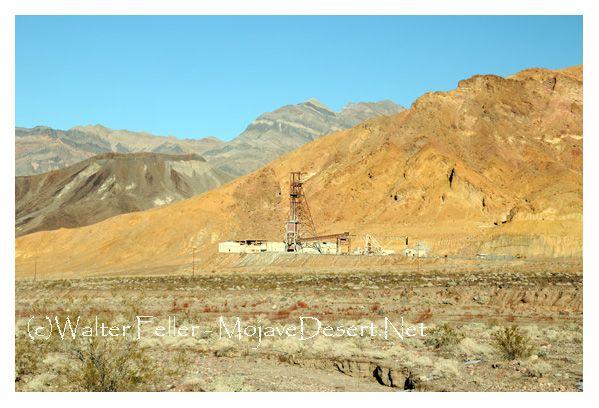Opening Death Valley to the Motor Age
In the mid-1920s, a man named H.W. Eichbaum looked out at the harsh desert landscape of Death Valley and saw something else entirely—a chance to bring travelers into one of the most remote and misunderstood places in California. Eichbaum, an engineer with a background in mining and tourism, had already run successful ventures on Catalina Island and in Venice, California. But the desert kept calling him back.
At the time, Death Valley had no real roads for cars. Miners knew the place, but tourists stayed away. Eichbaum dreamed of building the valley’s first resort at Stovepipe Wells, but first, he needed a road. He made multiple proposals to the Inyo County Board of Supervisors before securing approval in October 1925. The deal allowed him to build and operate a toll road down into Death Valley from Darwin Wash across Panamint Valley and Towne Pass.
The road was built by hand and Caterpillar tractor, winding around boulders rather than blasting through them. It was rough, narrow, and at times treacherous, but by spring 1926, the road reached the edge of the Mesquite Flat Dunes—just shy of his goal. Still, Eichbaum opened his Stovepipe Wells Hotel later that year, and tourists soon followed. His promotional savvy, regular ads in Los Angeles papers, and a sightseeing bus company helped make Death Valley a winter destination.
Eichbaum’s road and resort kicked off auto-tourism in the valley, but he didn’t live to see its full impact. He died in 1932, just before Death Valley became a national monument. As traffic grew and tolls became unpopular, the state eventually took over the route, paving it into what’s now part of California Highway 190. Some rough segments still exist as backcountry routes. But thanks to Eichbaum’s vision and grit, Death Valley was no longer just a miner’s haunt—it became a destination.




